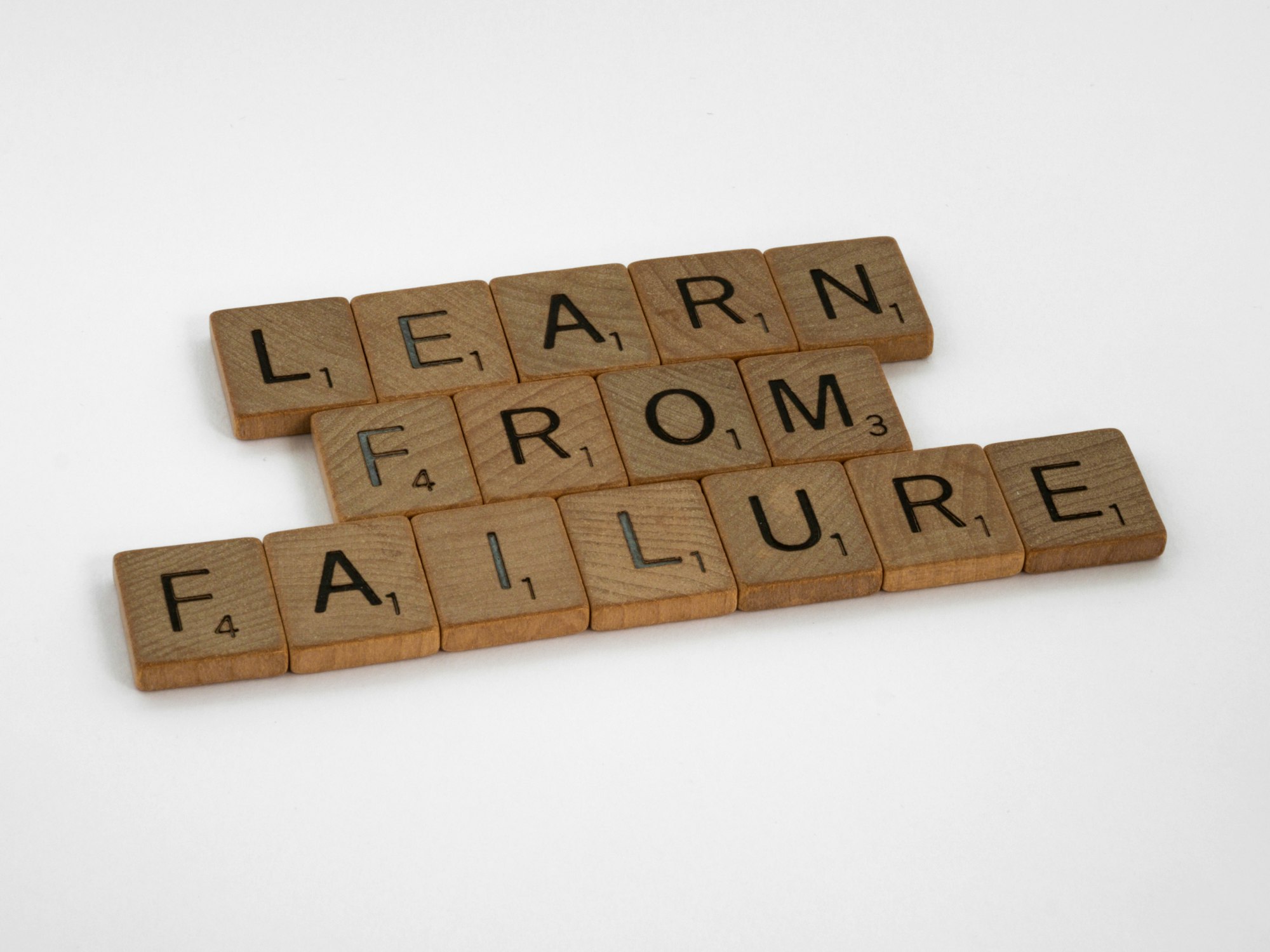It's always about communication

A few weeks back, a very interesting LinkedIn post hit my feed by Jacob Singh and Dhruv Baldawa. Jacob and I were in similar circles back when we both worked with Drupal.
This is the post:

The post was mostly about platform teams (and very useful for that), and made many interesting points and observations (really, go read it!), but there were two parts which I wanted to highlight as specifically interesting.
Priority is a singular noun.
This rang true to me. The post frames the situation brilliantly, so nothing more to add, than I've seen, more than once, complex refactors or re-platform fail or take longer than they should, due to not respecting this principle.
But the more though provoking one for me was:
Rotate.
This one was tricky, initially I disagreed. Should we really be rotating team members around between teams? Team Topologies and Empowered both seemed to say a similar thing: create a stable team of autonomous, empowered people and flow problems to them.
But, the post backed it up its claim with a reference to one of my favourite laws, Conway's law.
Failure to do this will ensure Conway’s law trips up your best laid plans.
This got me thinking, as I thought I knew the law and its implications. Conway, in my mind, had always been about structure, that the organization's structure would dictate the system's structure.
But I was glossing over a key word:
Any organization that designs a system (defined broadly) will produce a design whose structure is a copy of the organization's communication structure. — Melvin E. Conway
Communication. It's not the organization's structure that's most important, it's the COMMUNICATION structure. Formal/team structure is clearly critical, but the nuance is around how information flows.
Even if you have 2 or 3 database teams, if all decisions and discussion are channelled to a single PM or EM, you practically have a single team. You also have a single point of failure.
So I can now see why rotating team members can be a preventative to Conway's trip ups. To project against theses sub-structures/communication paths, disrupting or delaying your best laid plans. It also gives you fresh eyes without fresh hires and can help permeate best practice throughout the organization.
The cost, of course, is the organizational churn, re-storming/forming/norming/performing. But in small doses, that could be a cost worth paying.





